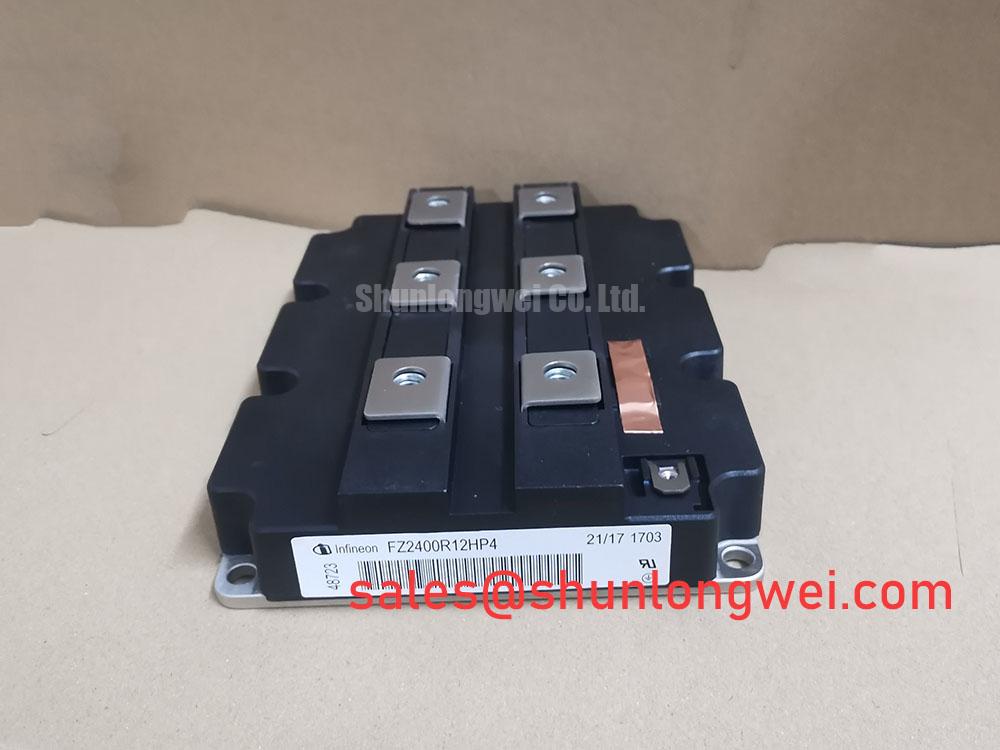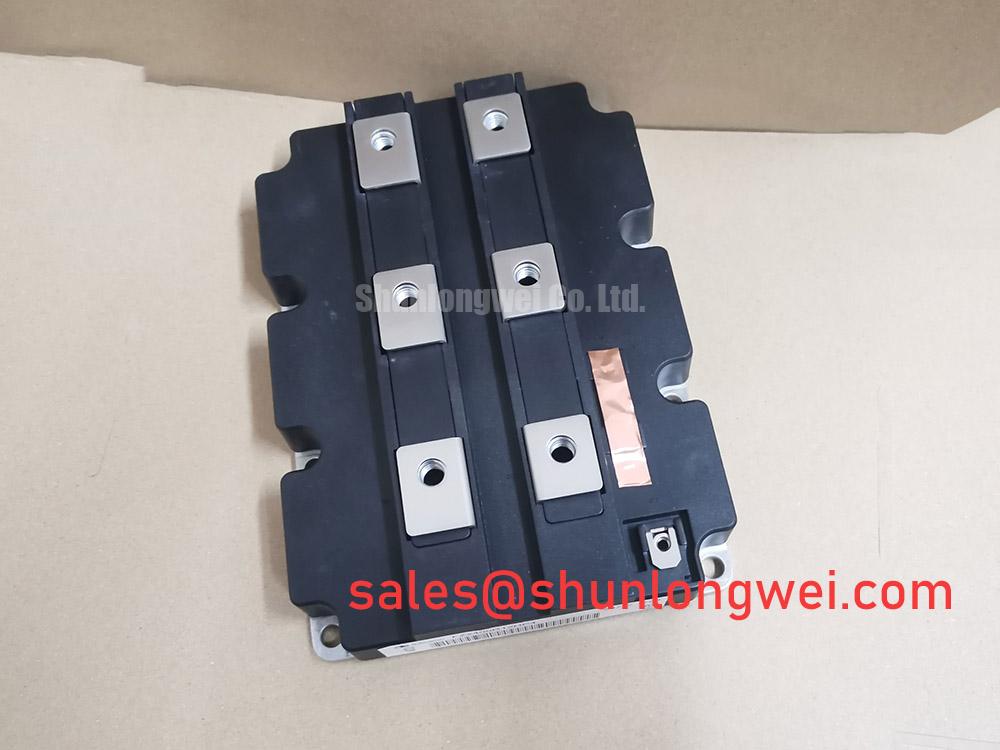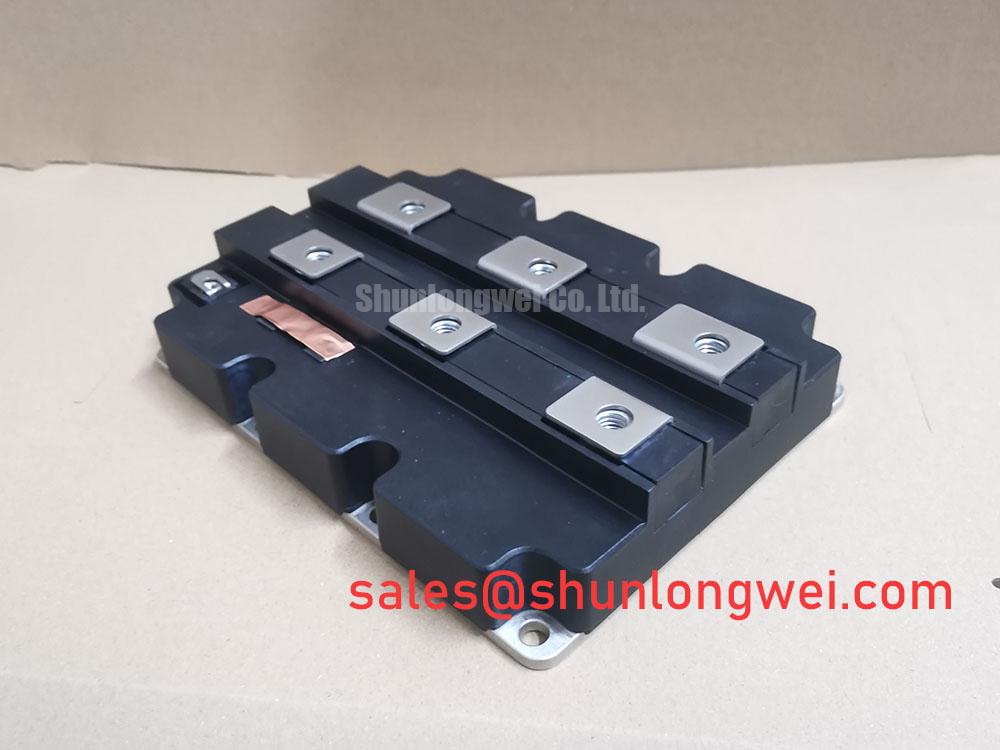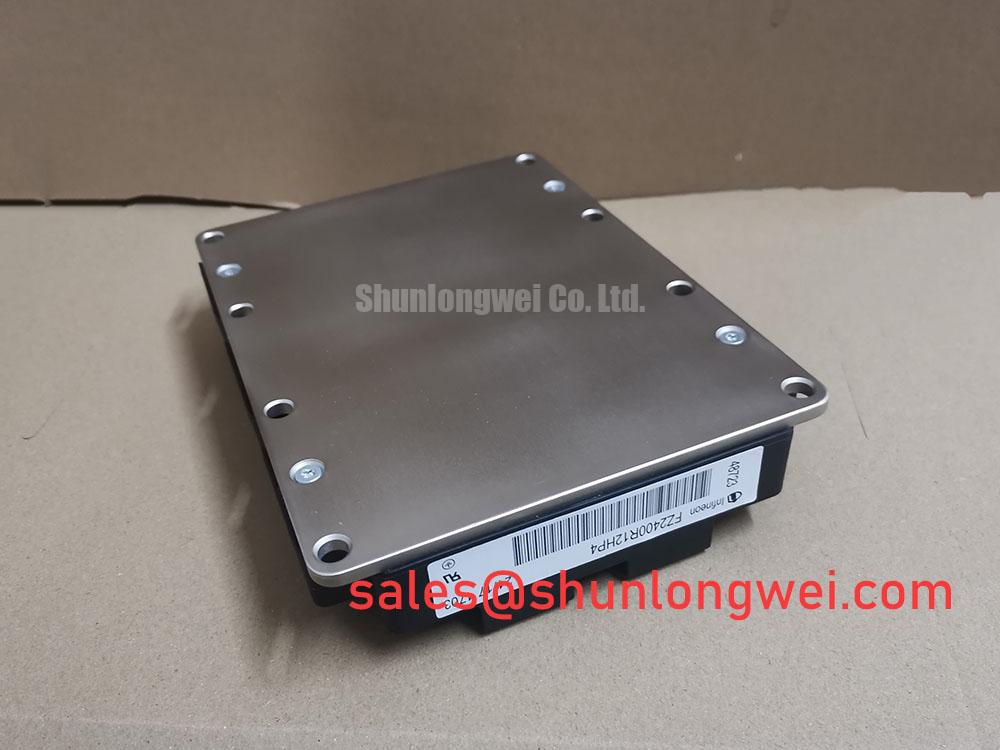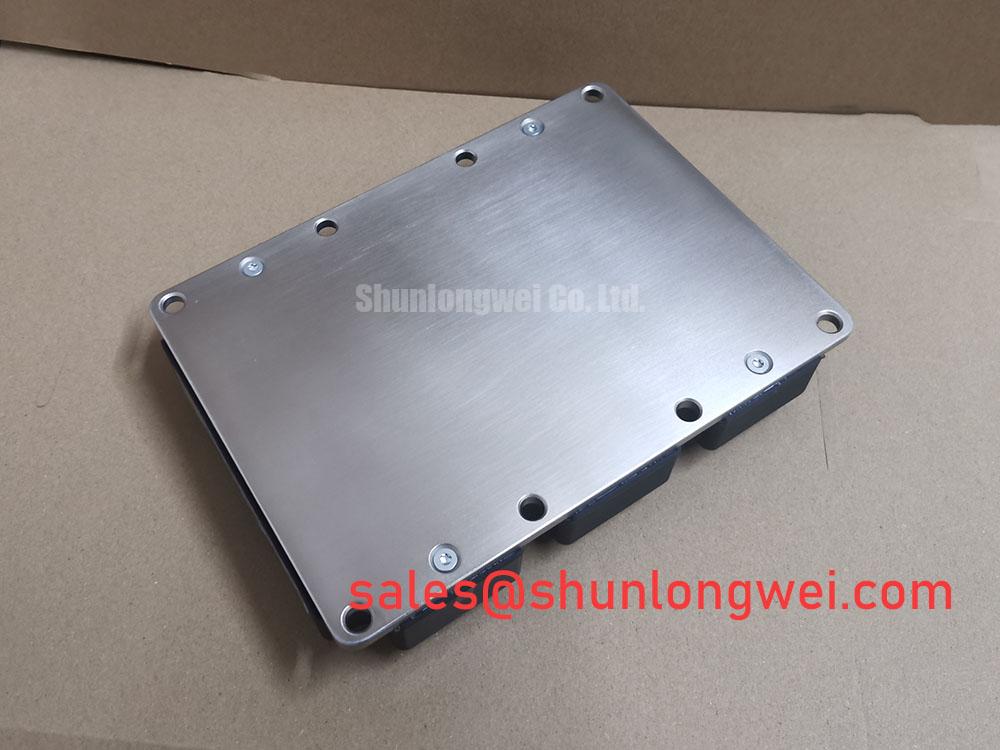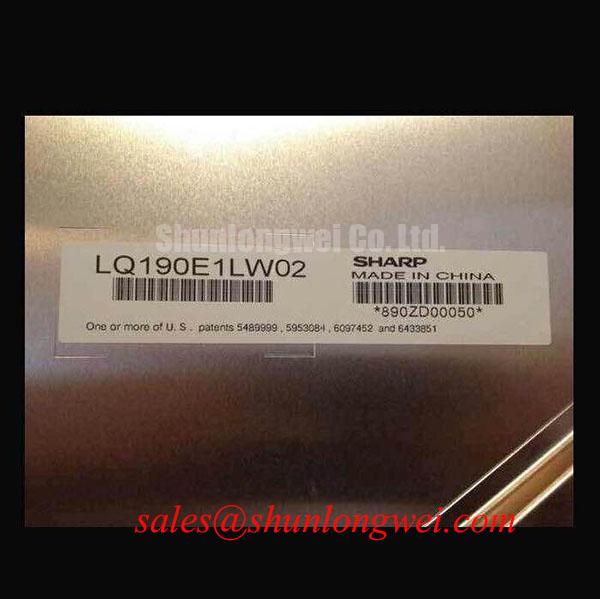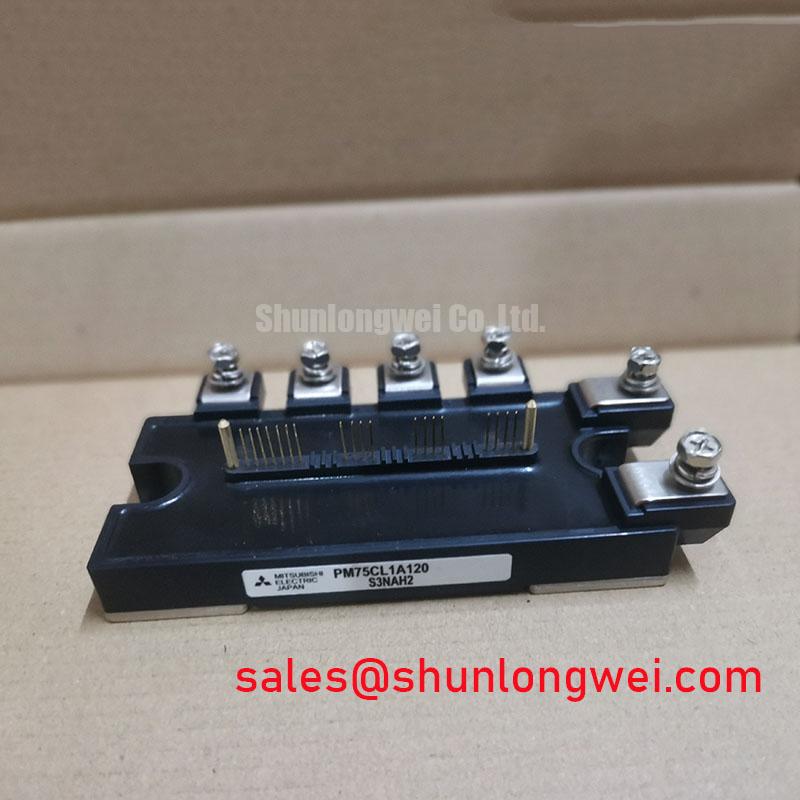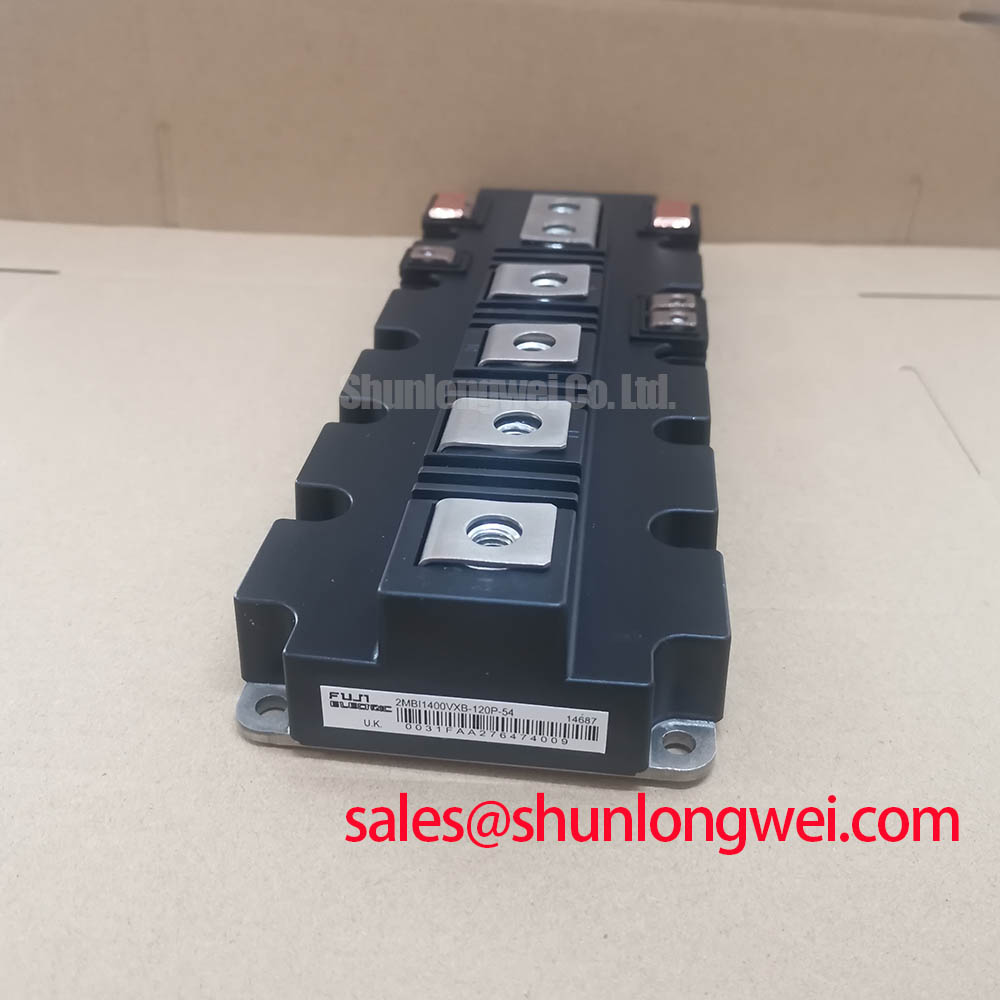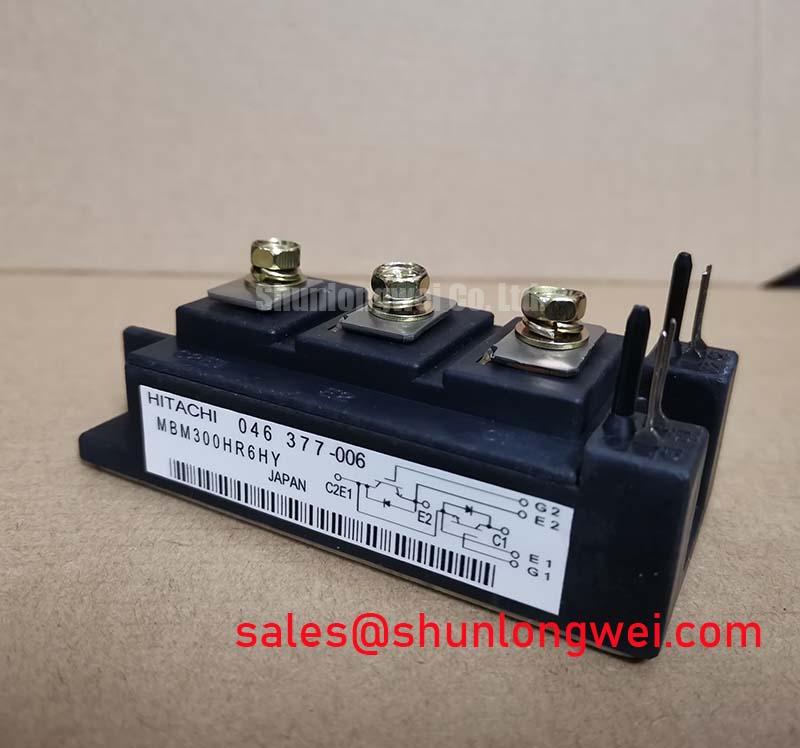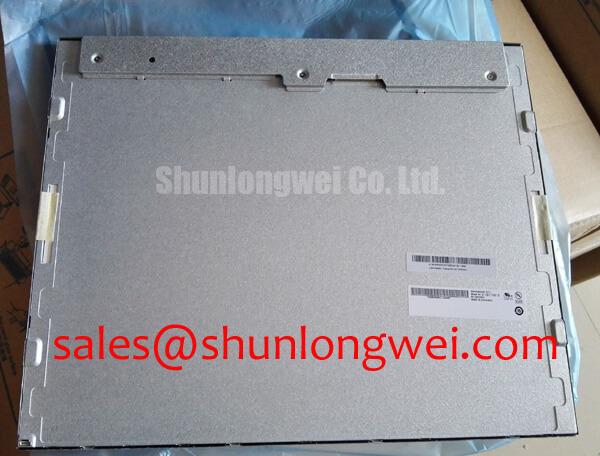FZ2400R12HP4: High-Power 1200V, 2400A IGBT for Megawatt-Scale Systems
An Engineering Overview of the High-Density Single Switch IGBT Module
The Infineon FZ2400R12HP4 is a high-power single switch IGBT module engineered for extreme power density and operational longevity in multi-megawatt power conversion systems. Delivering a formidable 1200V blocking voltage and a 2400A nominal current capacity, this module leverages Infineon's soft-switching Trench-IGBT4 technology to optimize performance. Key benefits include significantly reduced conduction losses and enhanced thermal efficiency, which are critical for reliability in demanding applications. For engineers designing high-power converters, this module directly addresses the challenge of maximizing power output while maintaining robust thermal management and system stability under heavy loads.
Application Scenarios & Value
System-Level Benefits in Renewable Energy and Industrial Drives
For systems such as multi-megawatt wind turbine inverters or large industrial motor drives, the FZ2400R12HP4 is the optimal choice for simplifying design and enhancing reliability. Its massive 2400A current rating allows designers to build higher power-rated inverters with fewer paralleled modules. This directly reduces system complexity, minimizes the number of gate drivers, simplifies busbar structures, and lowers overall assembly costs. The challenge in these megawatt-scale converters is managing the immense thermal load generated by high currents. The module's low typical VCE(sat) of 2.00V at its nominal current and 125°C directly mitigates this by lowering conduction losses, which is the primary source of heat in high-current states. This superior efficiency reduces the burden on the liquid cooling systems, potentially allowing for a smaller, more cost-effective thermal management solution and improving the system's overall Levelized Cost of Energy (LCOE).
For applications demanding even higher voltage, such as those found in medium-voltage drives or certain grid infrastructure, the related FZ2400R17KE3_S1 offers a 1700V rating while maintaining a high current capability. Conversely, for systems where power requirements are lower, the FZ1800R16KF4_S1 provides a well-balanced solution.
Key Parameter Overview
Functional Groupings for Design Evaluation
The technical specifications of the FZ2400R12HP4 are tailored for high-power switching applications. The following table provides a functionally grouped overview of its key electrical and thermal parameters, enabling engineers to quickly assess its suitability for their design requirements.
| Parameter Category | Parameter | Symbol | Value | Conditions |
|---|---|---|---|---|
| Blocking & Conduction Characteristics | Collector-Emitter Voltage | VCES | 1200 V | Tvj = 25°C |
| Continuous DC Collector Current | IC | 2400 A | TC = 95°C, Tvj max = 175°C | |
| Collector-Emitter Saturation Voltage | VCEsat | 2.00 V | IC = 2400 A, VGE = 15 V, Tvj = 125°C | |
| Gate-Emitter Threshold Voltage | VGE(th) | 5.80 V | IC = 91.2 mA, VCE = VGE, Tvj = 25°C | |
| Thermal & Mechanical Specifications | Thermal Resistance, Junction-to-Case | RthJC | 0.011 K/W | per IGBT |
| Operating Junction Temperature | Tvj op | -40 to +150 °C | ||
| Isolation Voltage | Visol | 4 kV | AC, 1 minute |
Download the FZ2400R12HP4 datasheet for detailed specifications and performance curves.
Technical Deep Dive
Understanding the Impact of Low VCE(sat) on System Efficiency
A standout feature of the FZ2400R12HP4 is its low collector-emitter saturation voltage (VCEsat). At a typical value of 2.00V under full 2400A load at 125°C, this parameter is a direct indicator of the module's efficiency during the conduction phase. Think of VCEsat as the "toll" the current must pay to pass through the switch when it's on. A lower toll means less energy is wasted as heat. In a megawatt-scale grid-tie inverter, this seemingly small voltage drop has a massive impact. For every 1000A of current, a 0.1V reduction in VCEsat saves 100 watts of power loss per switch. In a three-phase inverter, this quickly multiplies into kilowatts of saved energy, directly boosting the inverter's wall-plug efficiency and reducing the operational temperature, which is a key factor for extending the component's service life.
Industry Insights & Strategic Advantage
Enabling the Next Generation of High-Power Renewable Energy Systems
The global push towards renewable energy sources necessitates power electronics that can handle ever-increasing power levels with higher efficiency and reliability. The FZ2400R12HP4 aligns perfectly with this trend. Industry standards, such as those outlined by IEC 61400 for wind turbines, demand long operational lifetimes and resilience in harsh environments. This IGBT module's robust IHM-B housing and high power cycling capability are engineered to meet these demands. By enabling more power conversion in a smaller footprint, components like the FZ2400R12HP4 are critical enablers for developing more cost-effective and powerful wind turbines and utility-scale solar farms, contributing directly to a more sustainable energy grid.
Frequently Asked Questions (FAQ)
How does the 2400A current rating benefit high-power inverter design?
The 2400A nominal current rating allows engineers to achieve higher output power per inverter phase with a single module, reducing the need for complex and potentially unreliable paralleling of multiple smaller IGBTs. This simplifies the mechanical layout, busbar design, and gate drive circuitry, leading to a more compact, cost-effective, and reliable system.
What is the significance of the IHM-B housing?
The IHM-B (IHM-B) housing is a mechanically robust package designed for high-power applications. It provides a large surface area for effective heat dissipation, high insulation capability (4kV AC for 1 minute), and a standardized footprint that simplifies integration into large-scale power assemblies and connection to liquid cooling plates.
How does the low VCE(sat) impact thermal management strategy?
A lower VCEsat directly translates to lower conduction power loss (Ploss = VCEsat * IC). With less heat being generated by the IGBT, the requirements for the cooling system are reduced. This provides engineers with greater design flexibility: they can either achieve lower operating temperatures for enhanced reliability with an existing cooling setup or design a smaller, lower-cost heatsink or liquid cooling system while maintaining the target junction temperature.
Design & Integration Support
To support your design and evaluation process, our technical specialists can provide further data and engineering resources. For inquiries regarding the FZ2400R12HP4 and its application in your specific high-power system, please contact our sales team for dedicated assistance and to discuss your project requirements.

